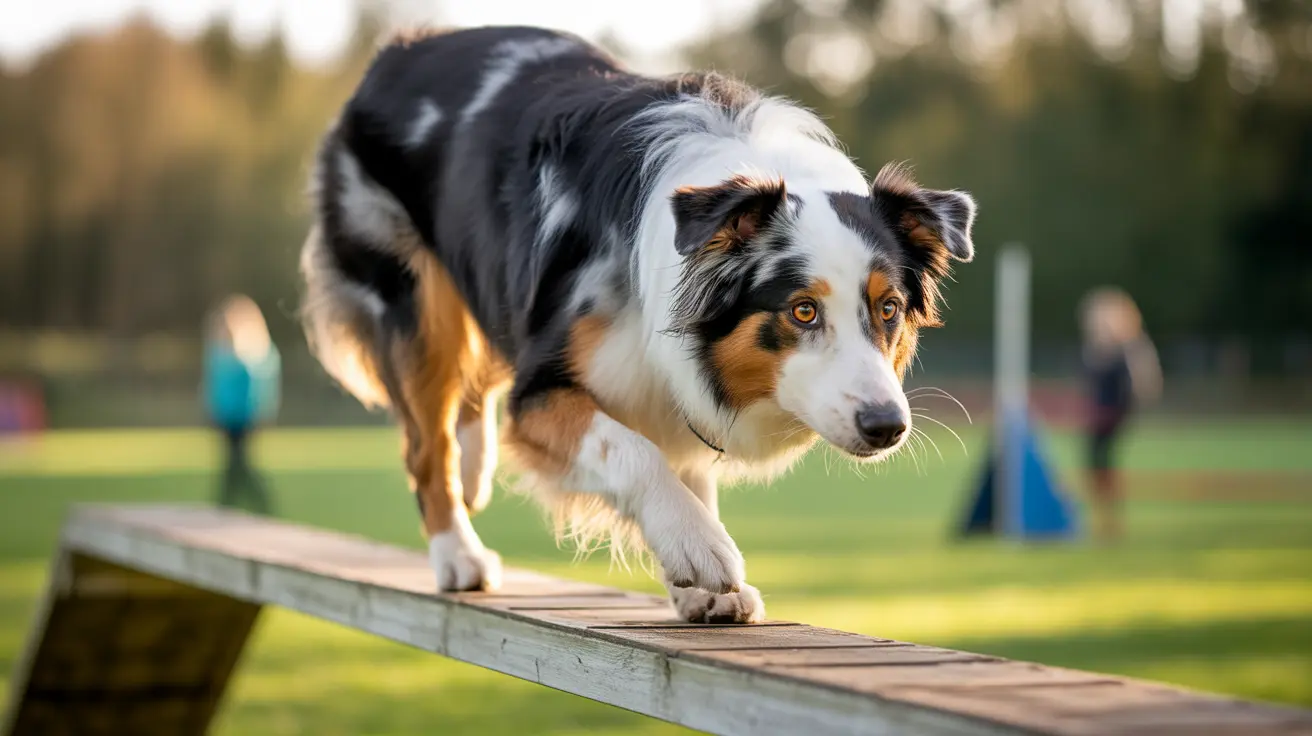Understanding Lipomas in Dogs
Lipomas are among the most frequently encountered tumors in dogs, and while the word "tumor" can sound alarming, these growths are almost always benign. They're composed of fatty (adipose) tissue and tend to develop just beneath the skin, though they can occasionally appear deeper within the body.
What Do Lipomas Look and Feel Like?
If you've ever found a lump on your dog's body—especially if your dog is getting older—there's a good chance it could be a lipoma. These lumps are typically:
- Soft to the touch
- Round or oval in shape
- Movable under the skin (not attached to underlying muscle or bone)
- Slow-growing over months or even years
Lipomas can form anywhere fat is present, including the chest, limbs, back, flank, and abdomen. Rarely, they may occur between muscles or even on internal organs.
Who Gets Lipomas?
Most dogs will develop at least one lipoma during their lifetime, especially as they age. Several factors increase a dog's risk:
- Older age (usually over seven years)
- Obesity
- Certain breeds (Labrador Retrievers, Doberman Pinschers, Cocker Spaniels, Golden Retrievers)
- Female gender
- Being spayed or neutered
- A history of trauma at the site where a lipoma forms
Some dogs might have only one lipoma for their entire life; others develop several over time.
Atypical Lipomas: Infiltrative and Malignant Types
The vast majority of lipomas are harmless and remain localized. However, there are less common variants:
- Infiltrative lipomas: These grow between muscle layers and invade surrounding tissues like muscles, bones, and nerves. They're still benign but tend to grow faster and are more challenging to remove completely.
- Liposarcomas: These rare malignant tumors arise from fat tissue. While they don't often spread throughout the body, they're more likely than regular lipomas to invade local tissues and may require aggressive treatment.
Symptoms: What Should You Watch For?
The most noticeable sign is a slow-growing lump beneath your dog's skin. Most simple lipomas don't cause discomfort or pain—your dog might not even notice them! But if a lump becomes large enough to interfere with walking or movement (or if it's located somewhere sensitive), it can cause problems. In rare cases where a lump affects breathing or internal organs, symptoms can be more severe.
Diagnosing Lipomas
Your veterinarian will start with a physical exam and palpation of the mass. To confirm it's a lipoma rather than something more serious (like cancer), they'll often perform a fine needle aspirate (FNA). This involves taking cells from the lump with a small needle and examining them under a microscope. If there's any doubt about what type of mass it is—or if malignancy is suspected—a biopsy may be performed.
If an infiltrative lipoma or liposarcoma is suspected (for example, because the lump feels firmer or is less movable), advanced imaging like CT scans might be used to determine how far it extends into surrounding tissues before planning surgery.
Treatment Options for Lipomas in Dogs
- If the lipoma isn't causing any problems—no pain, no interference with movement—your vet may recommend simply monitoring it for changes over time.
- Surgical removal is usually curative for simple lipomas when complete excision is possible; recurrences at that site are rare.
- If surgery isn't an option due to location or health concerns, injectable medications like triamcinolone acetate have been tried but recurrences are possible.
Treatment for infiltrative lipomas or malignant types often requires more extensive surgery and sometimes radiation therapy due to their tendency to recur locally.
What Happens After Surgery?
If your dog has surgery to remove a simple lipoma, recovery usually takes about 7–10 days. Your vet may recommend using a protective collar so your dog doesn't lick or scratch at stitches while healing. The prognosis after removal of simple lipomas is excellent; however, infiltrative or malignant types require closer follow-up since recurrence is more likely.
Can You Prevent Lipomas?
No definitive prevention exists since their exact cause remains unclear. Still, some steps might help lower risk:
- Keep your dog at an optimal weight—overweight dogs have higher risk
- Ensure regular exercise
- Schedule routine wellness checkups with your veterinarian
If you notice any new lump on your dog—or changes in an existing one—it's important to have it checked by your vet promptly. Only specialized testing can distinguish between harmless lipomas and other potentially dangerous growths like mast cell tumors or soft tissue sarcomas.
The Outlook for Dogs With Lipomas
Lipomas do not spread throughout the body but may continue growing if left untreated; this can lead to discomfort depending on size and location. Malignant forms like liposarcoma require more aggressive management since they're more likely to recur locally—and rarely spread elsewhere—but these cases remain uncommon compared to typical benign fatty tumors.





